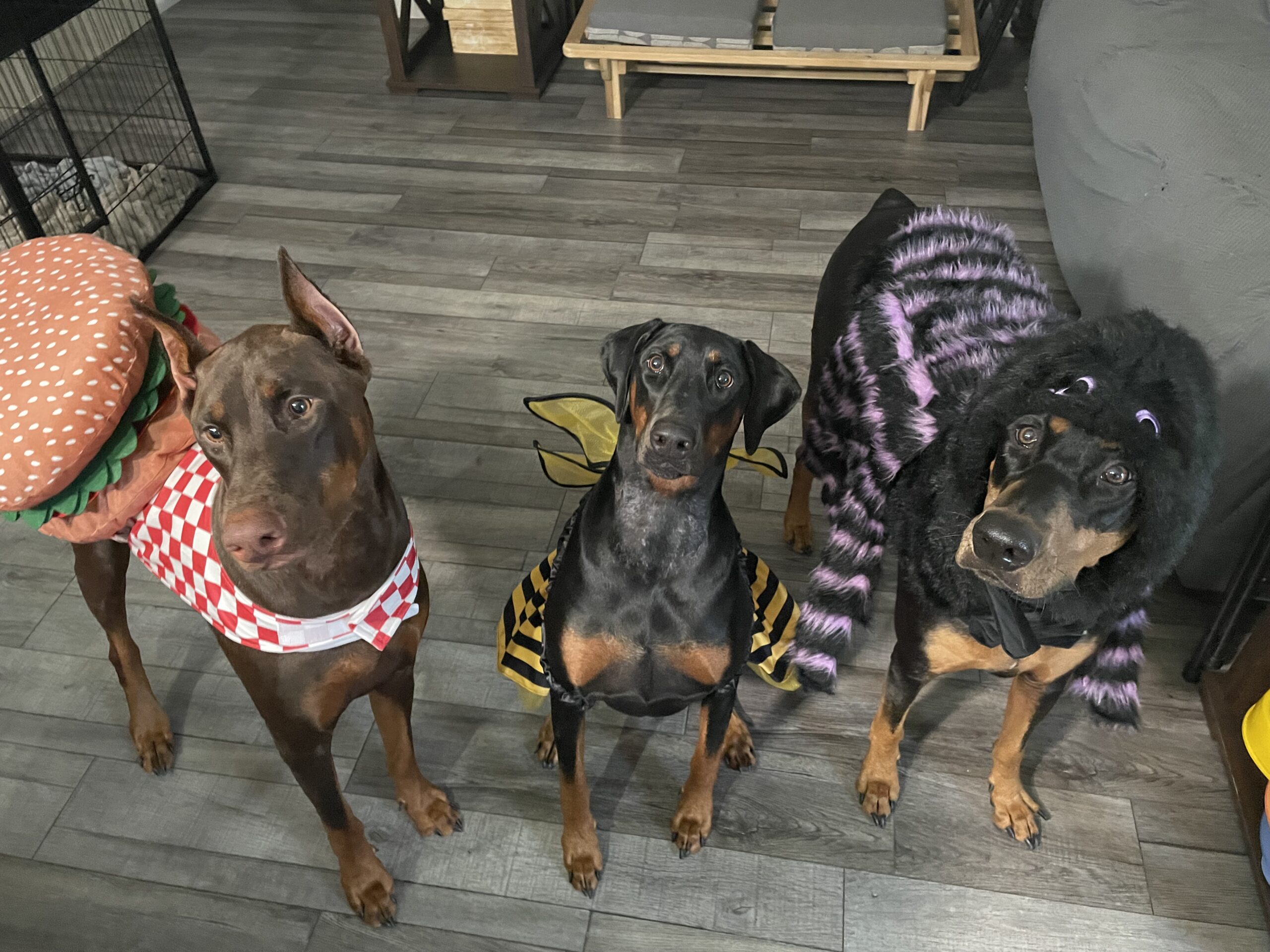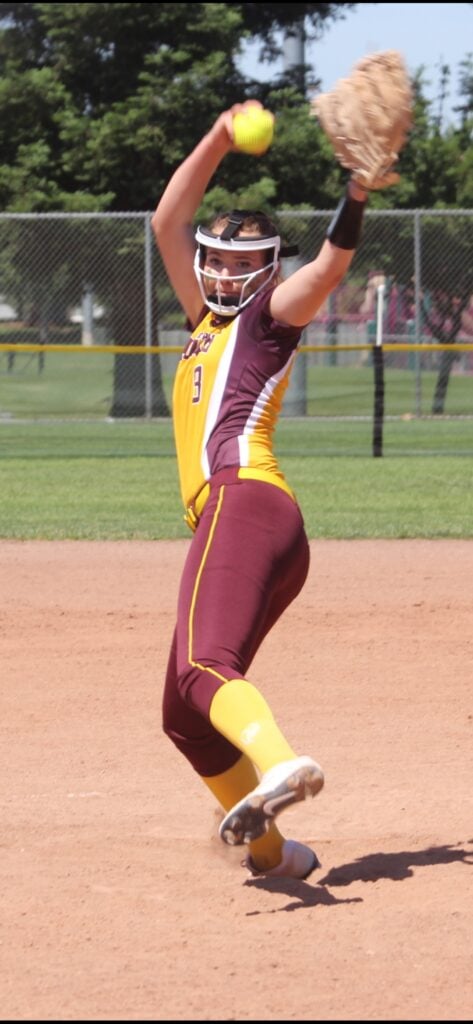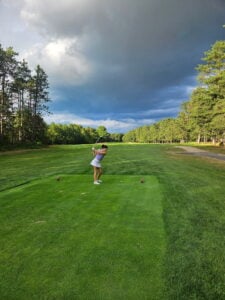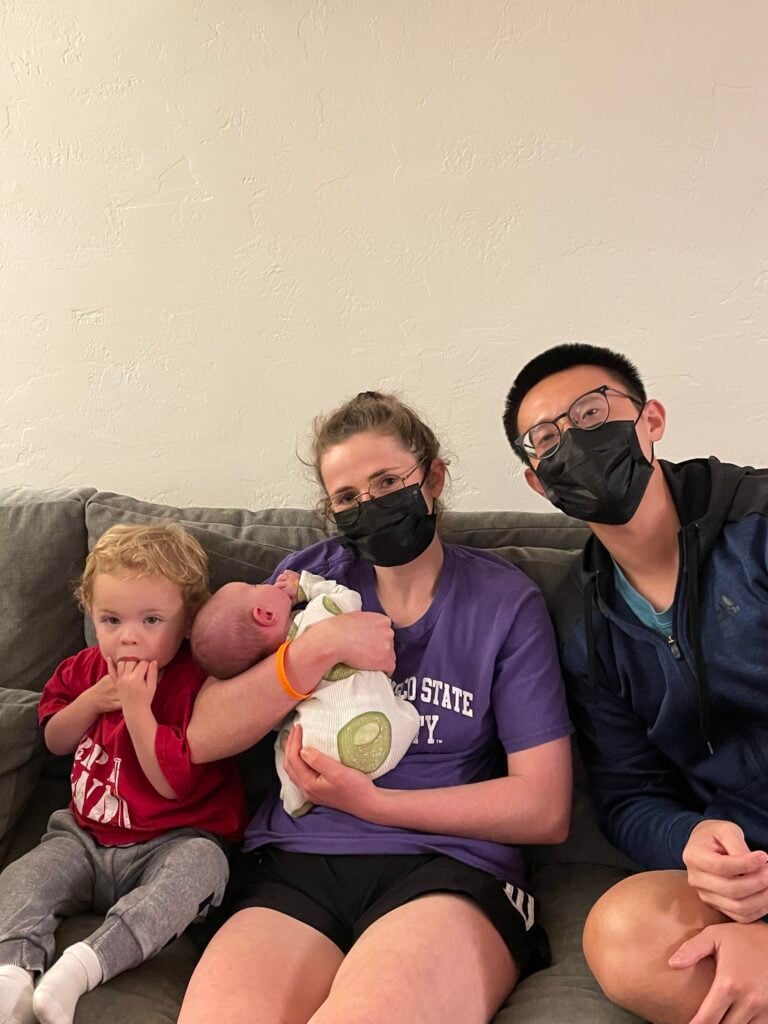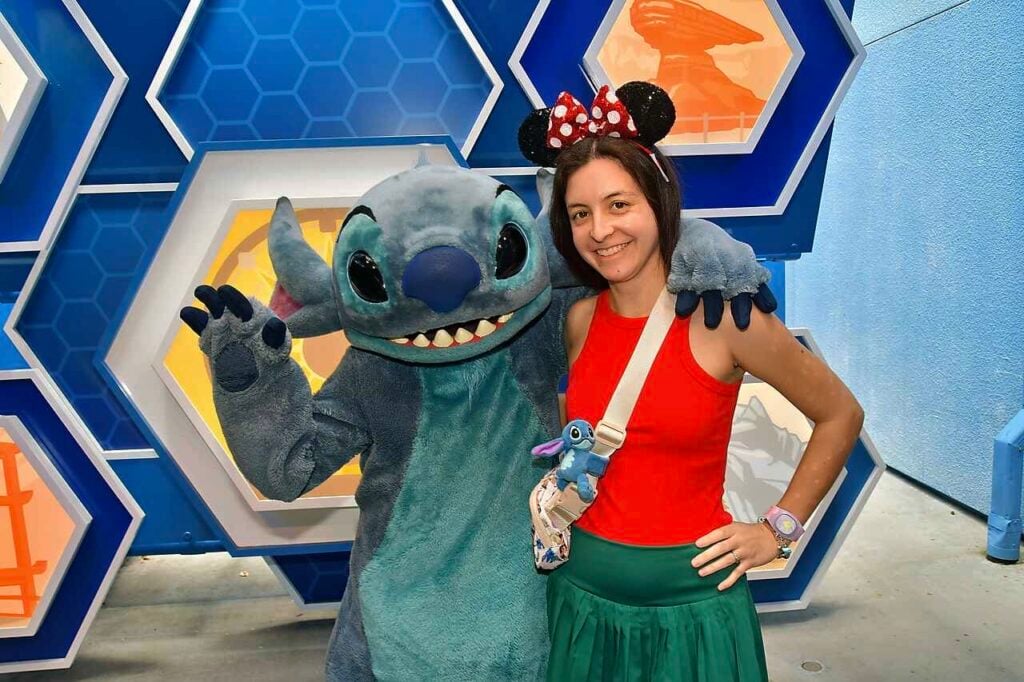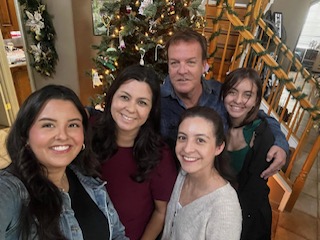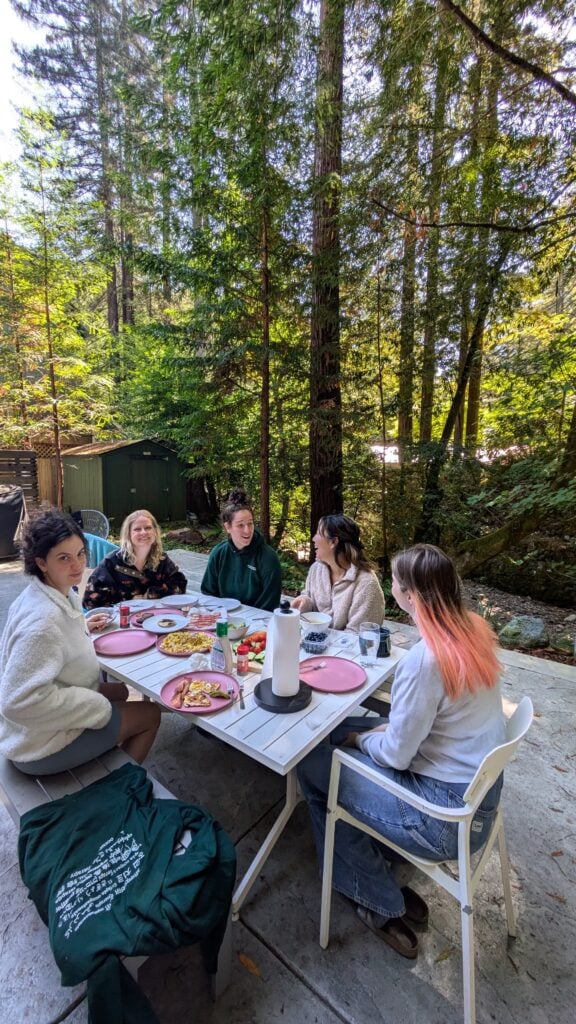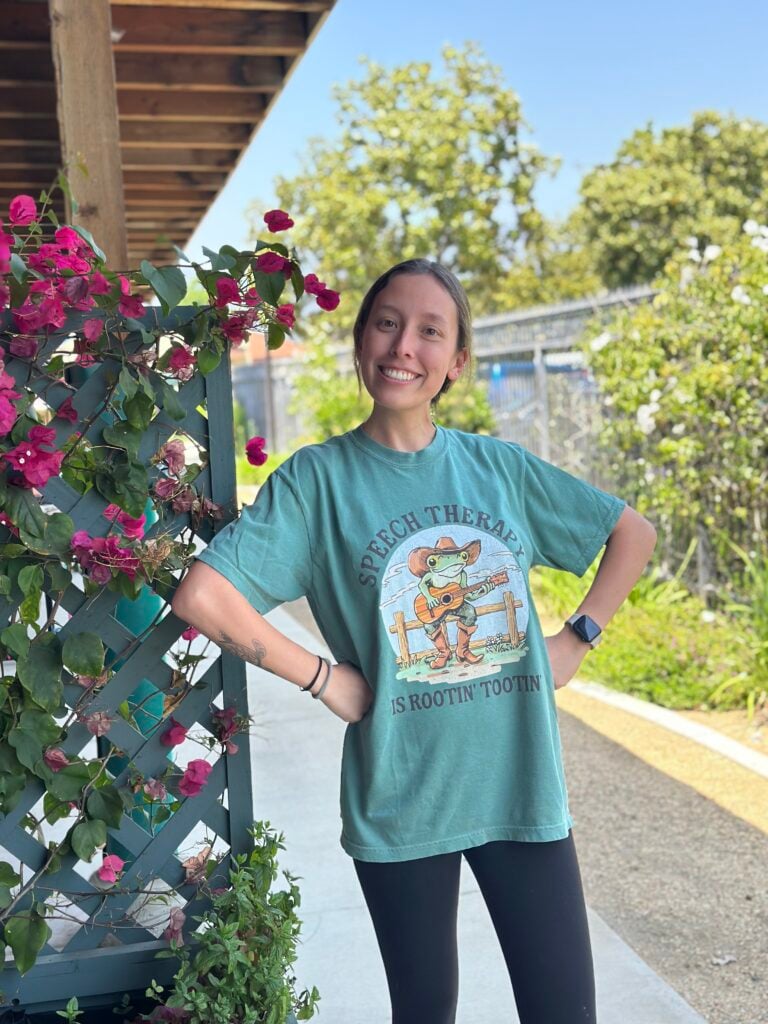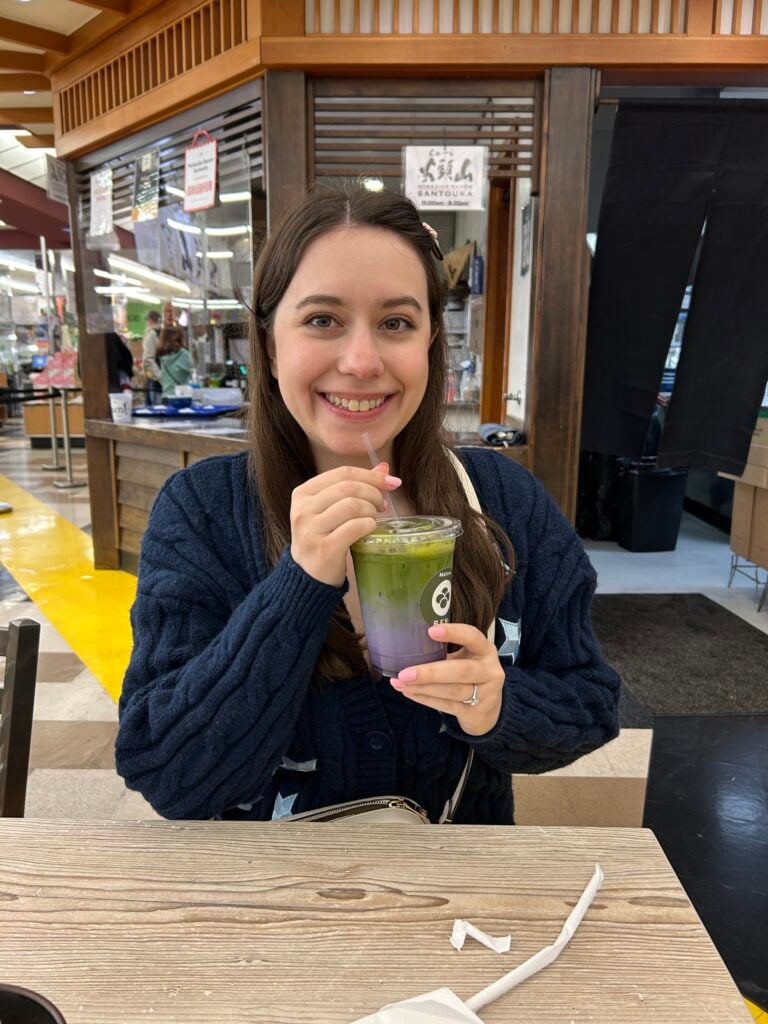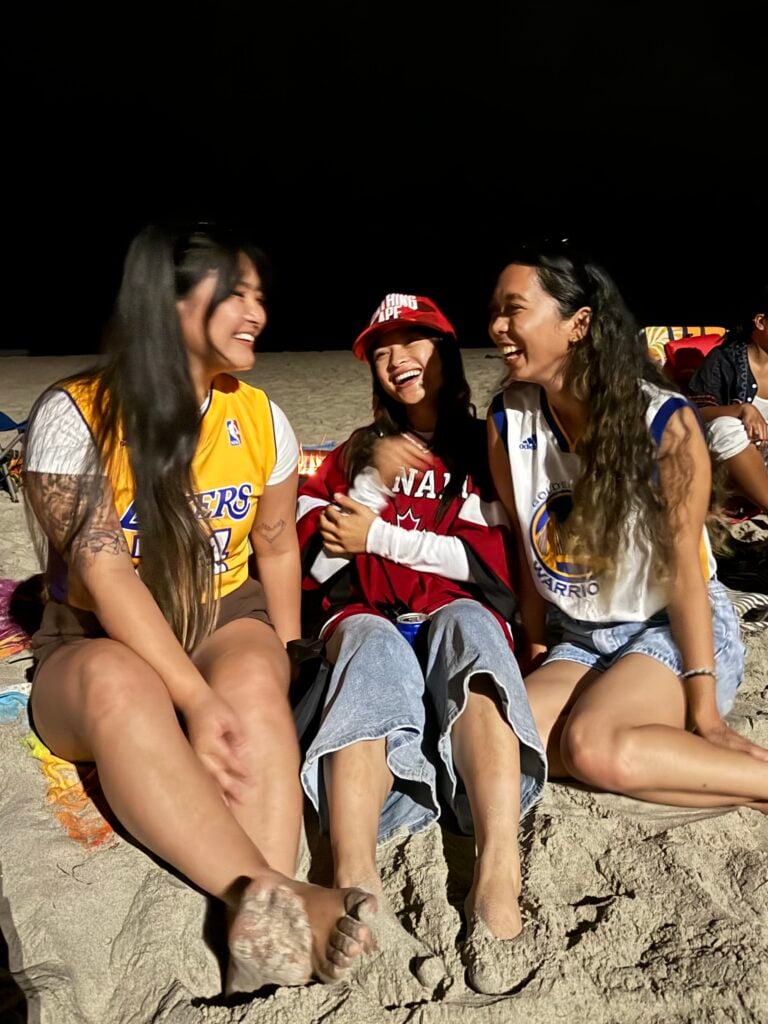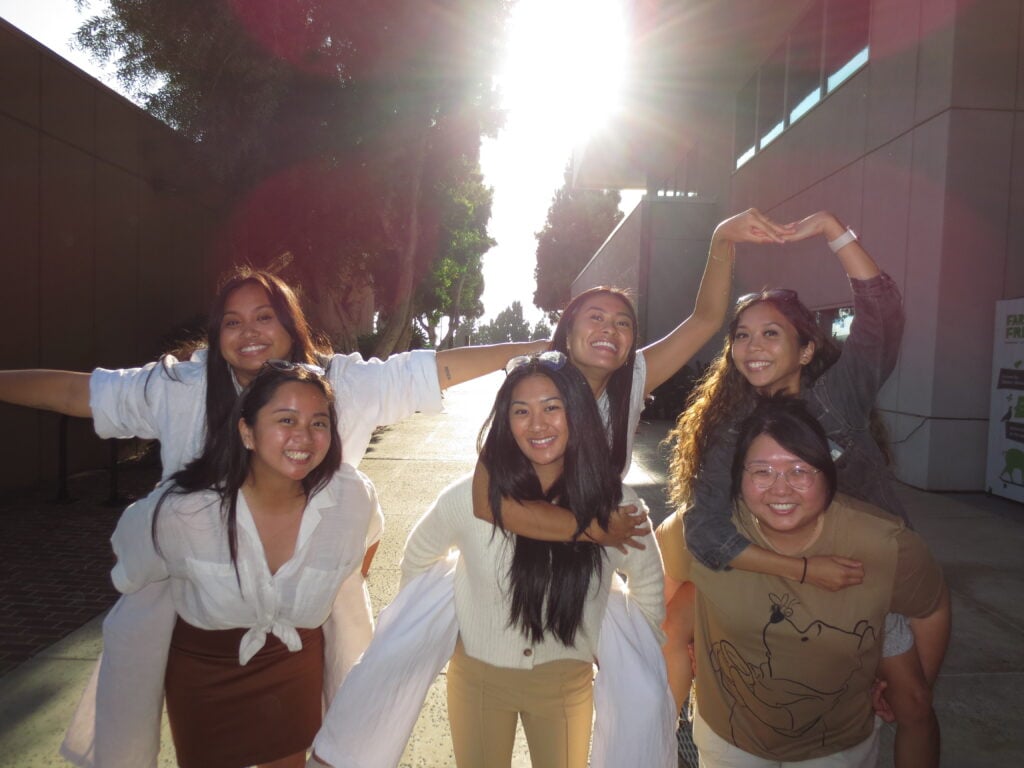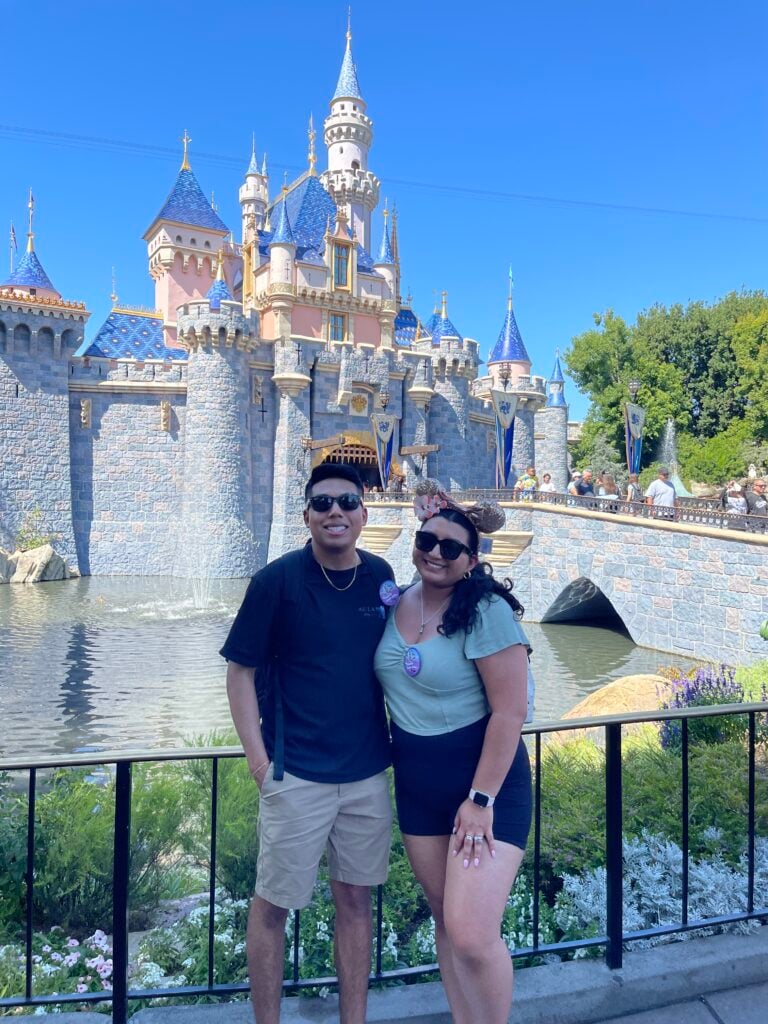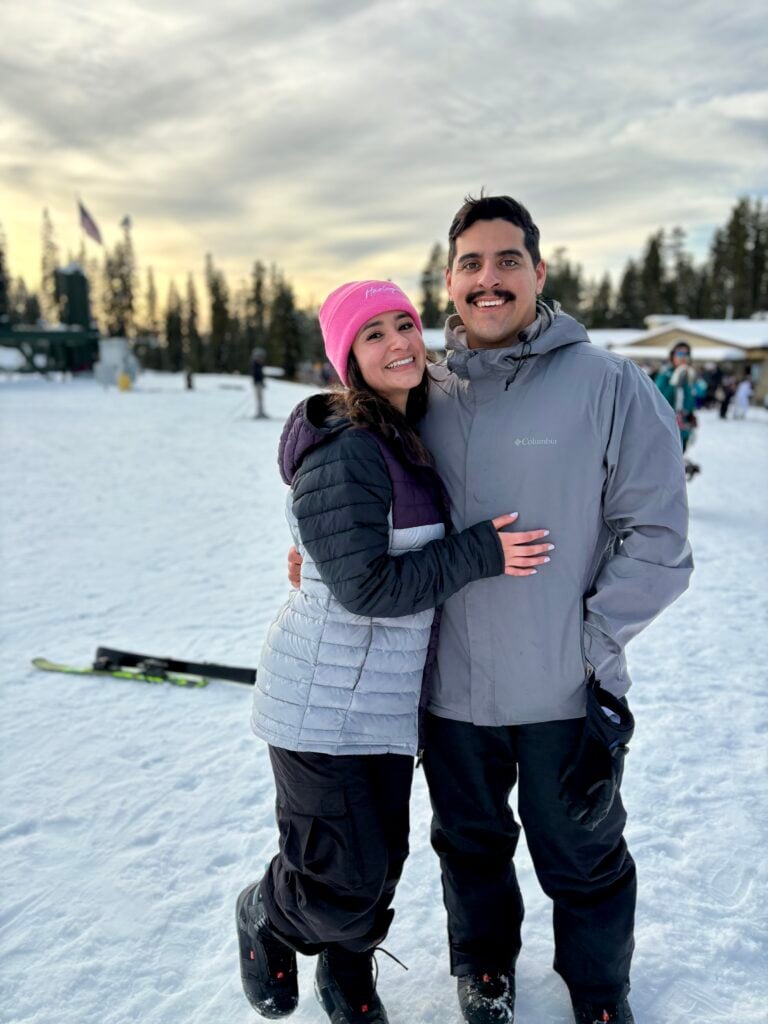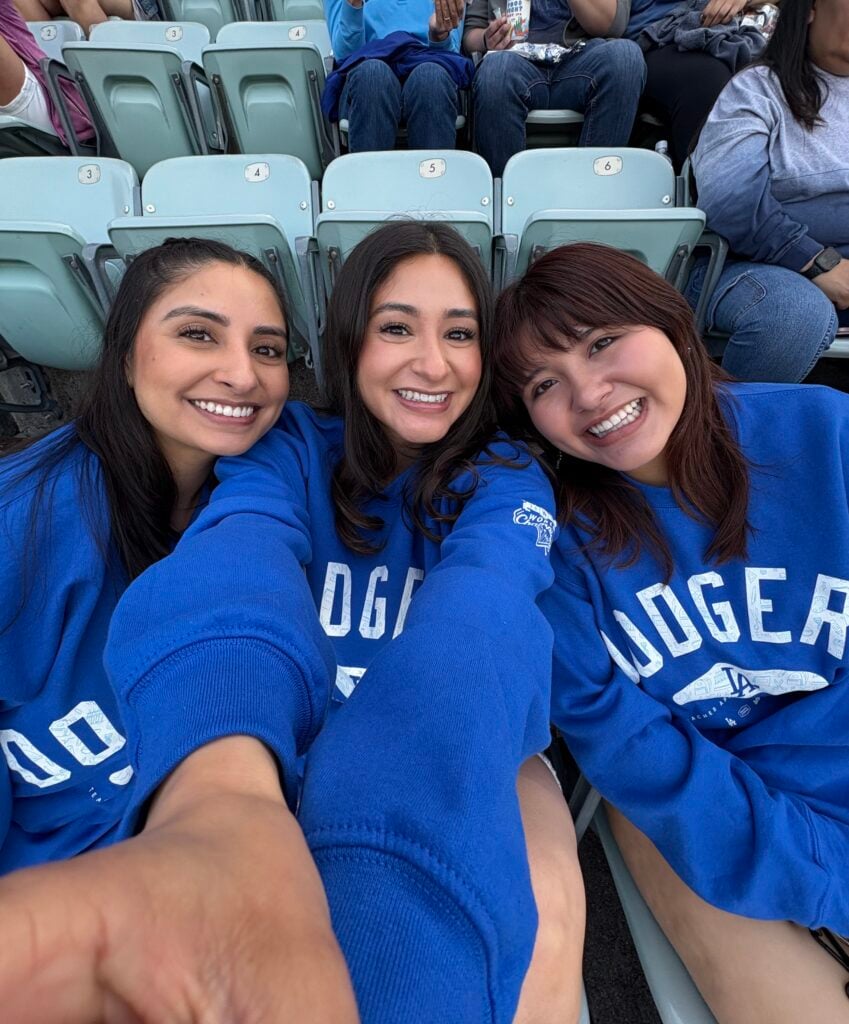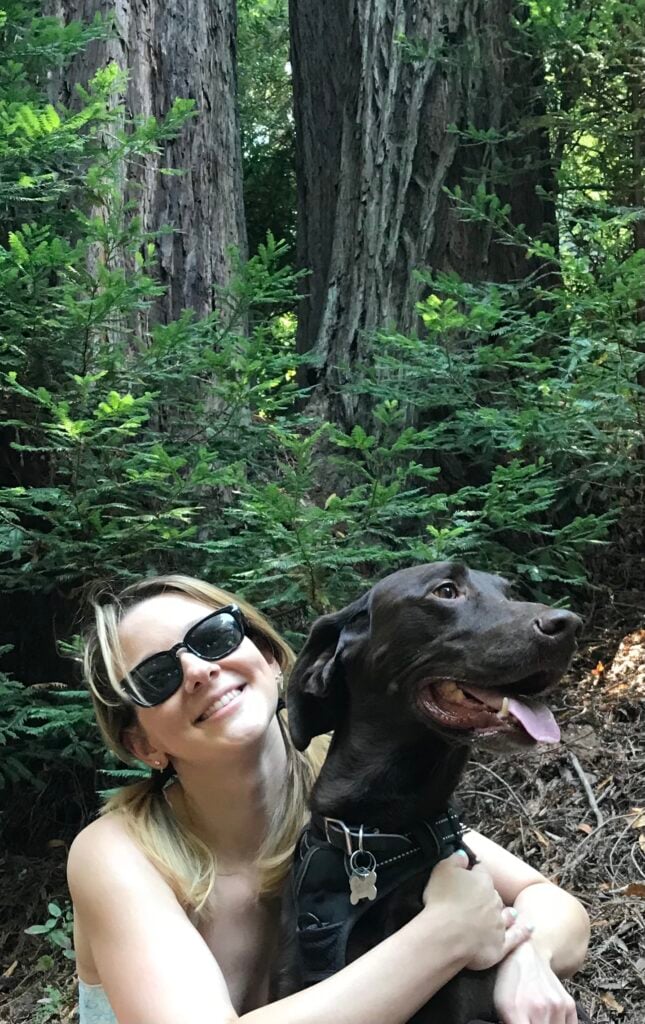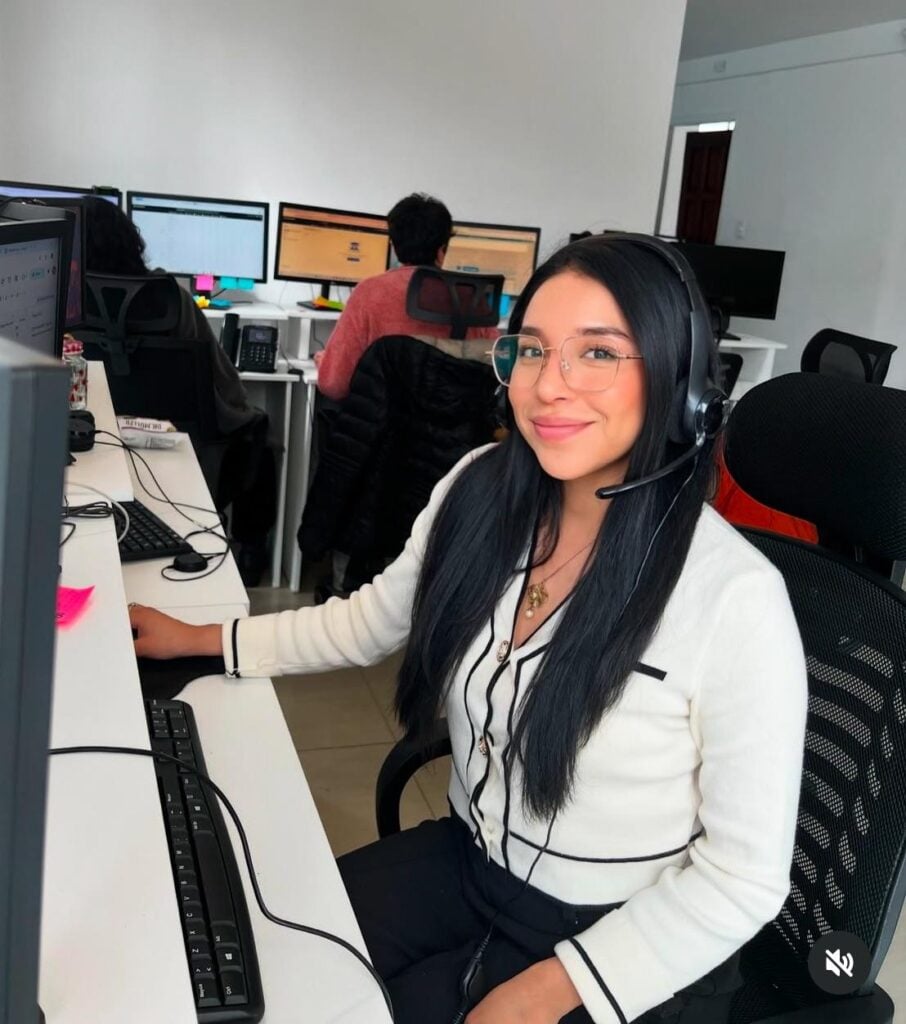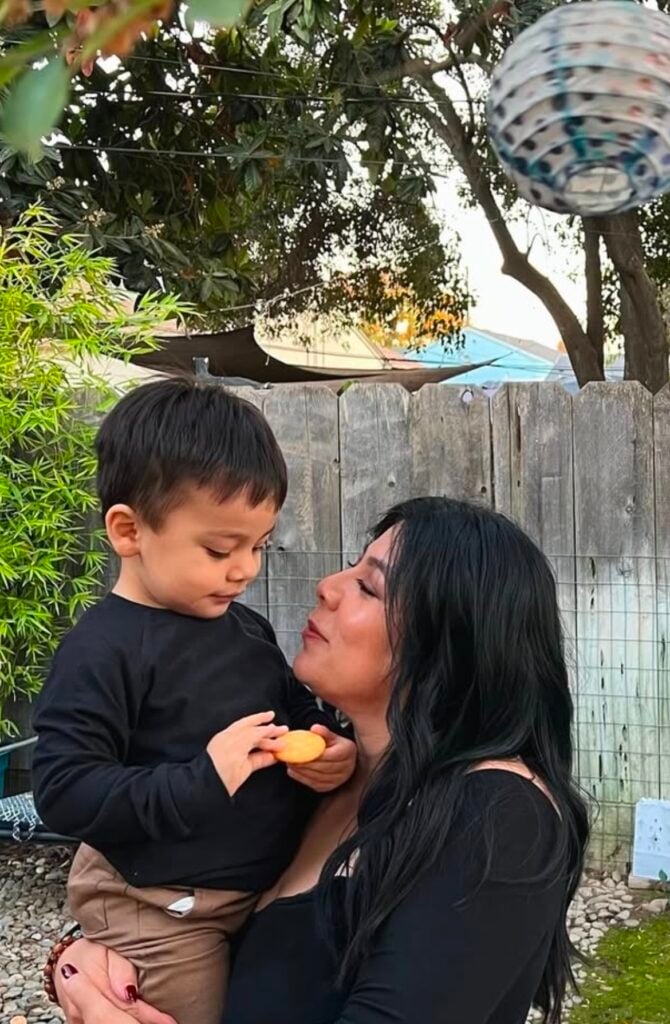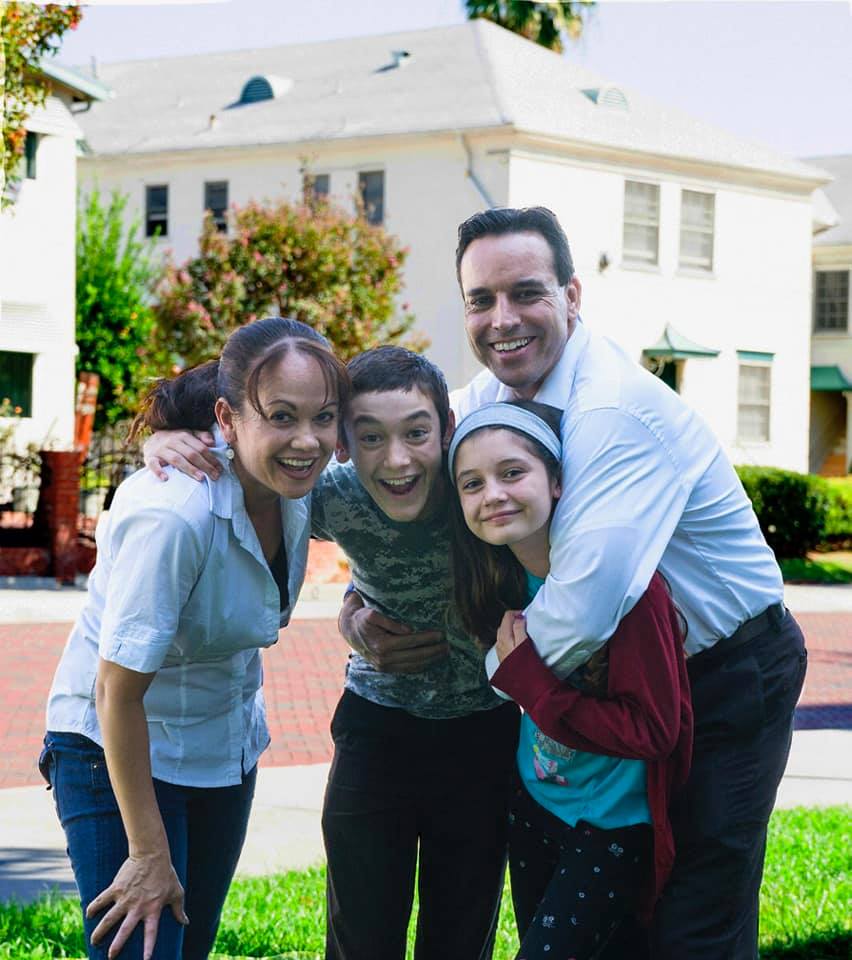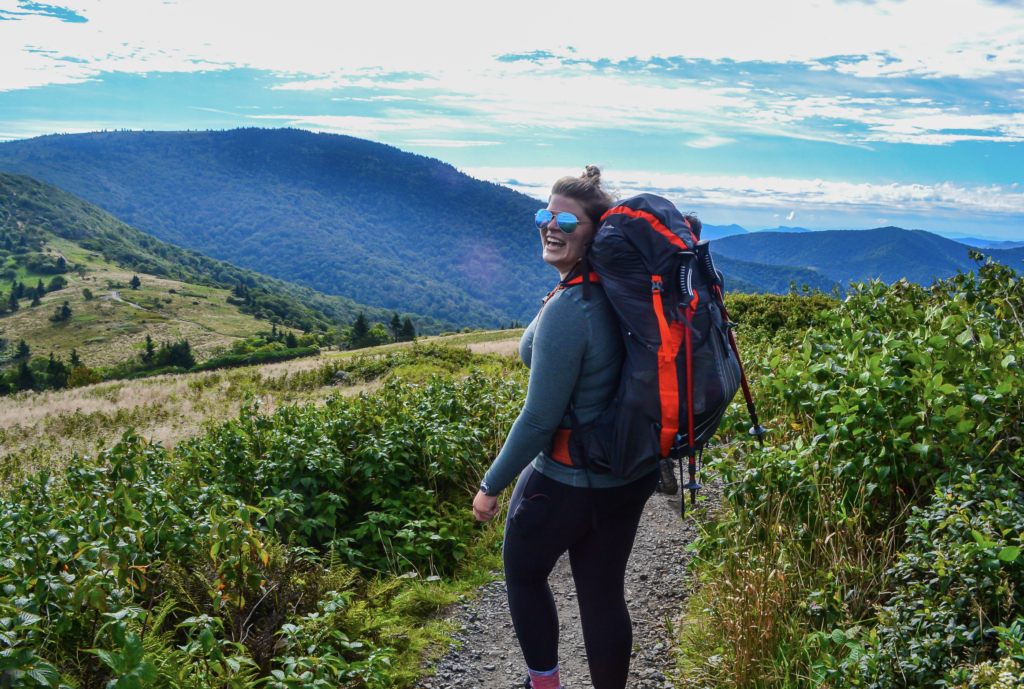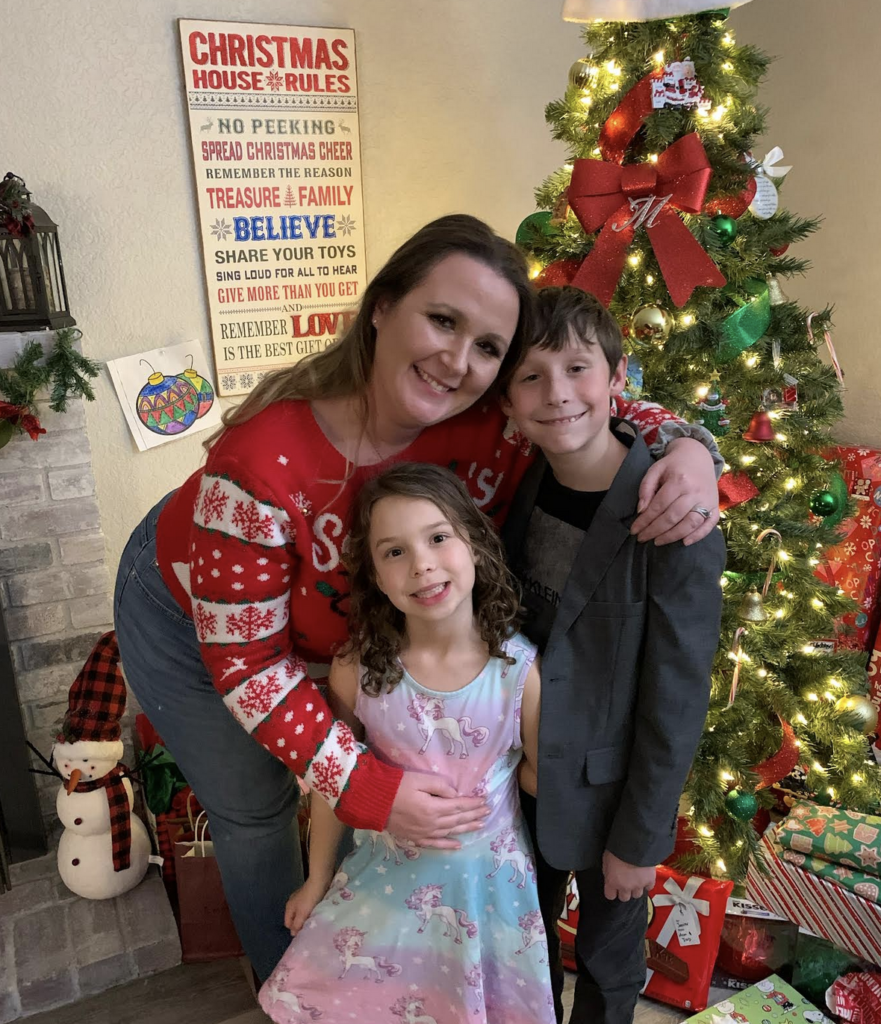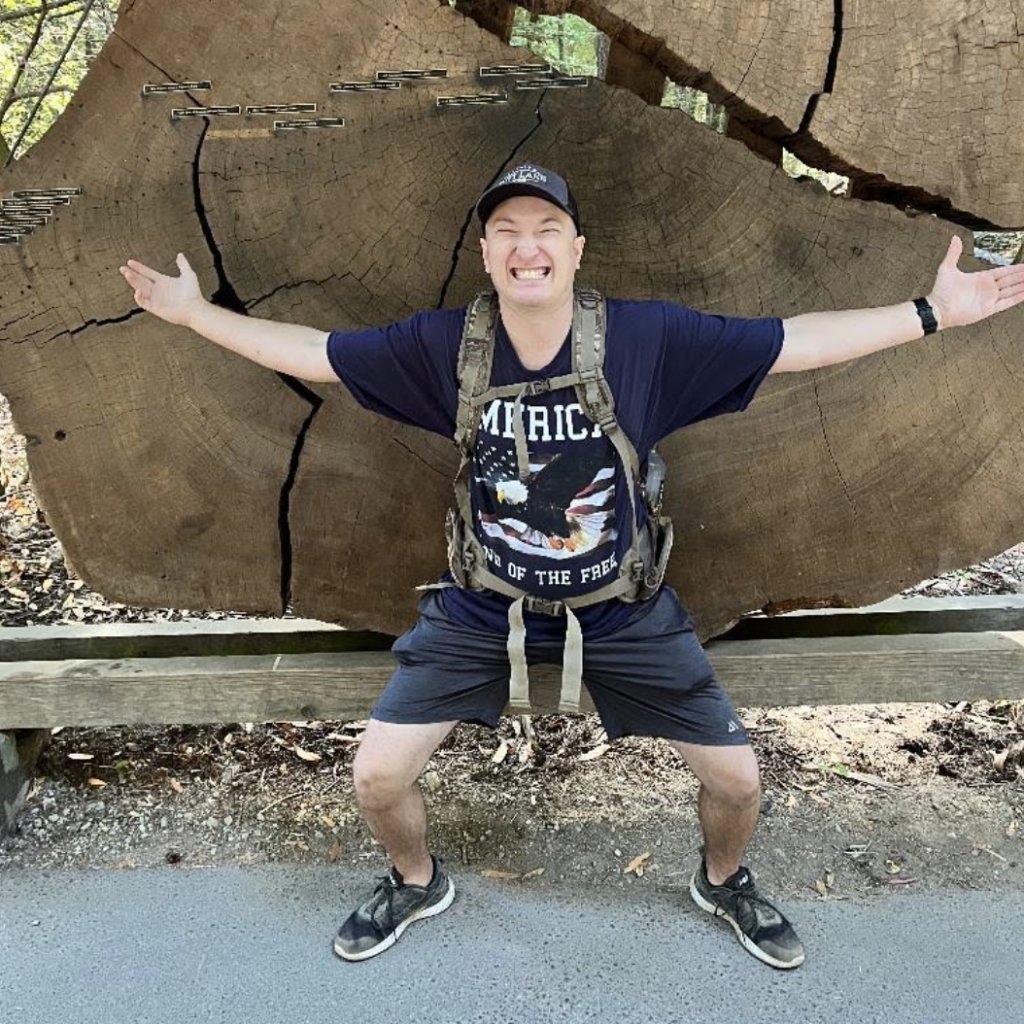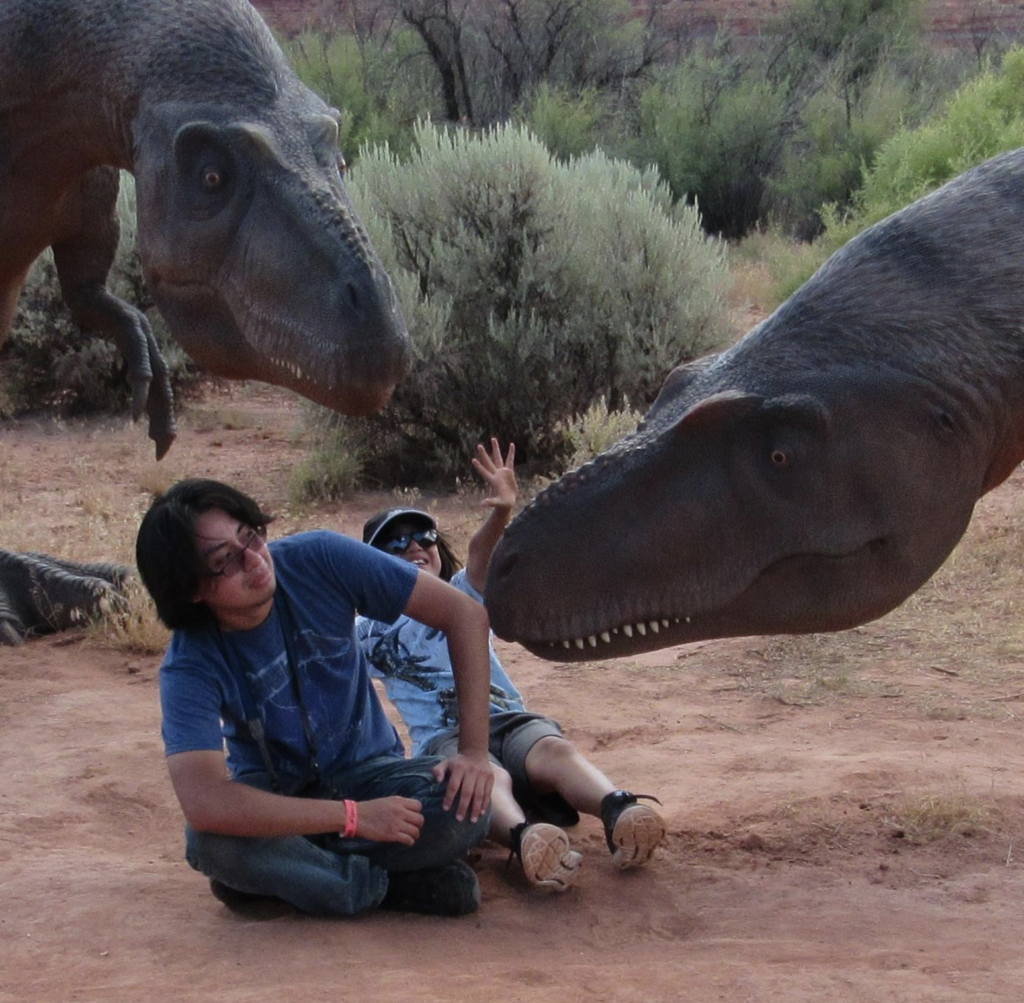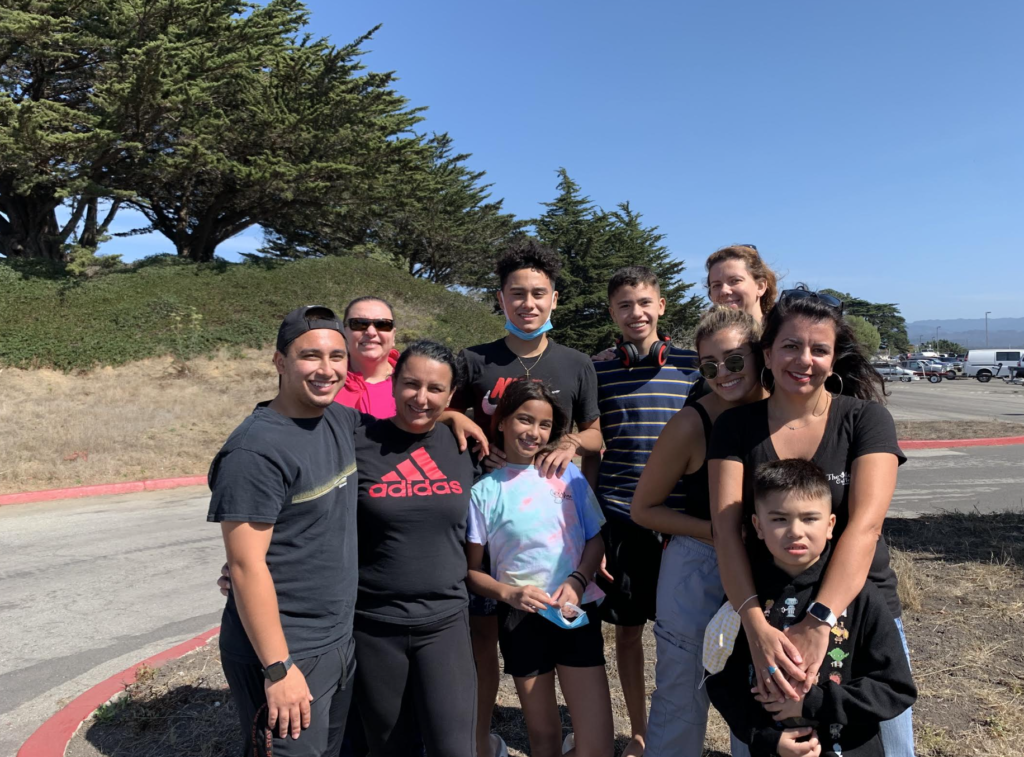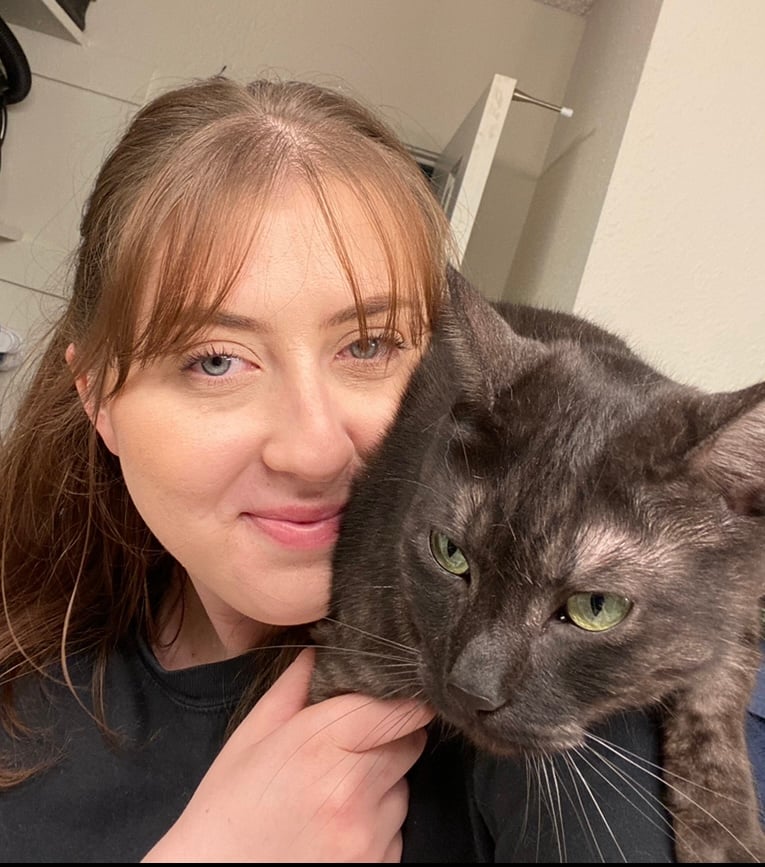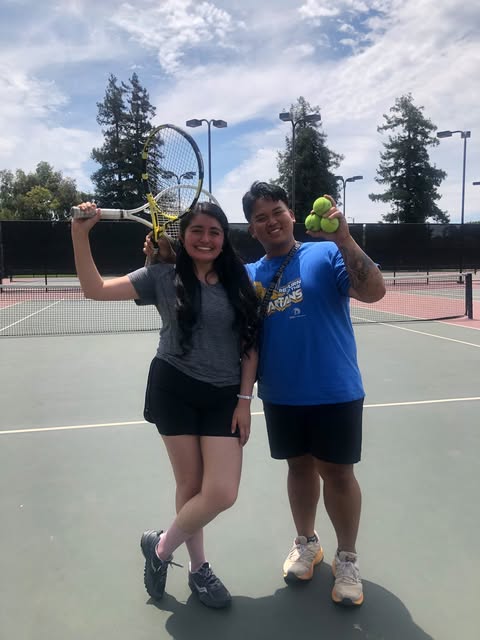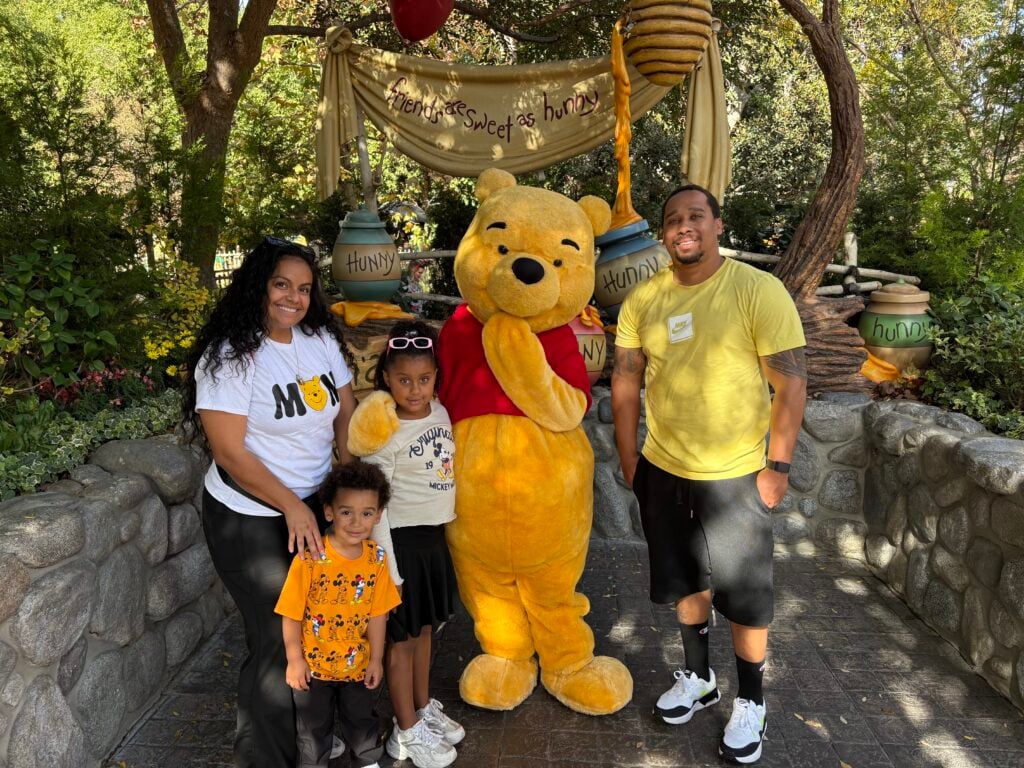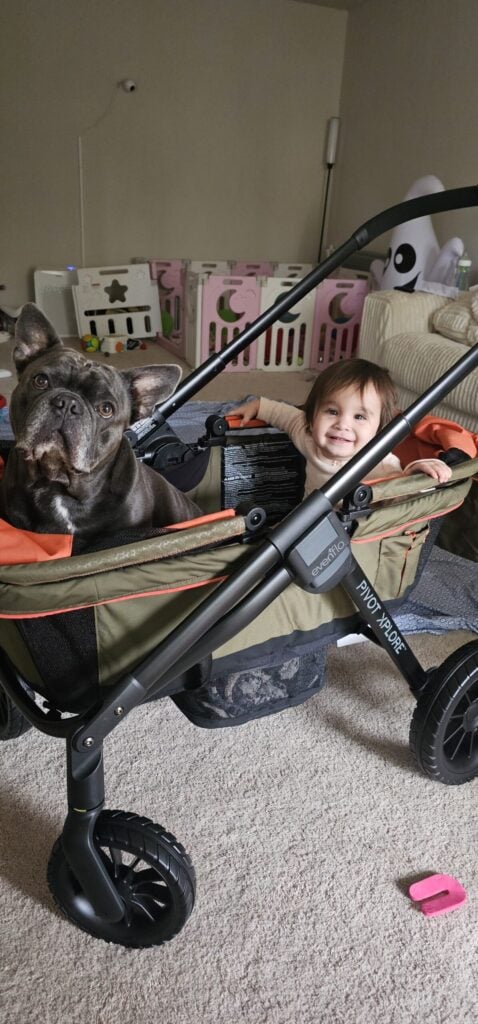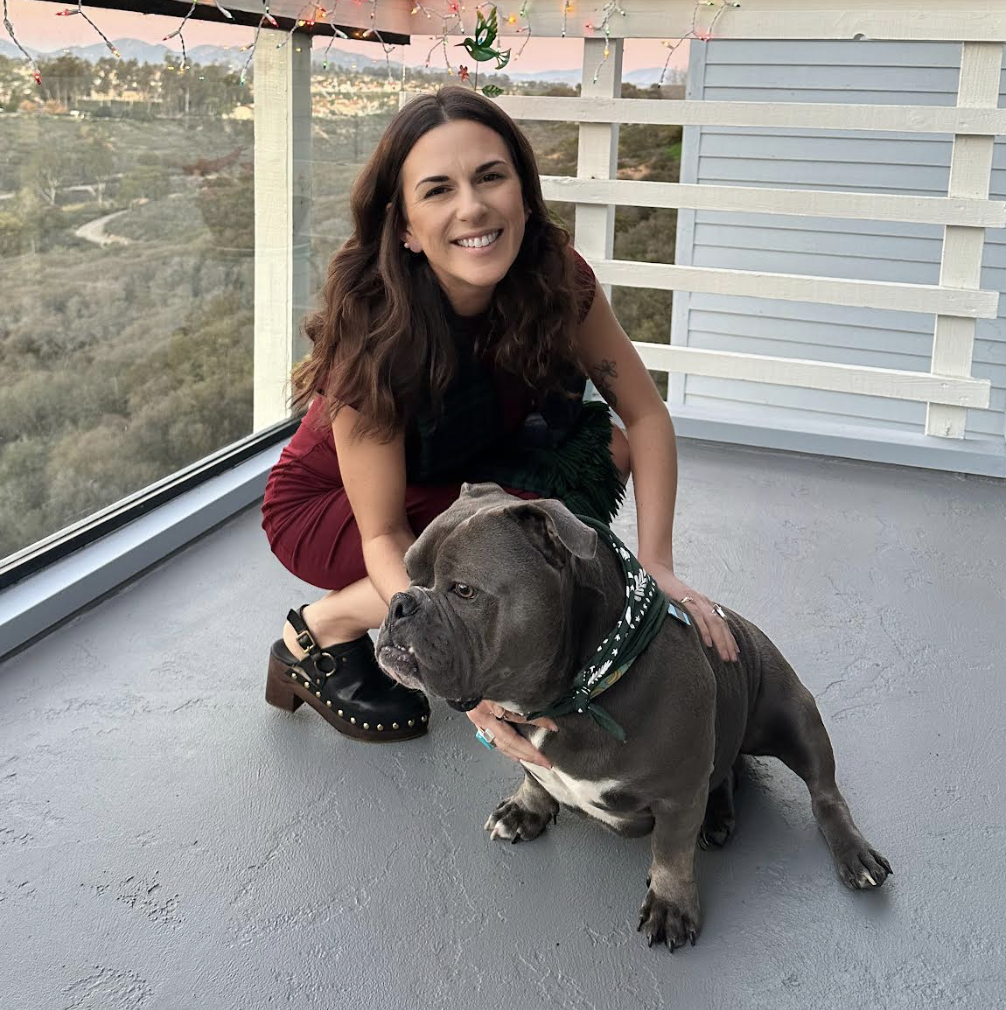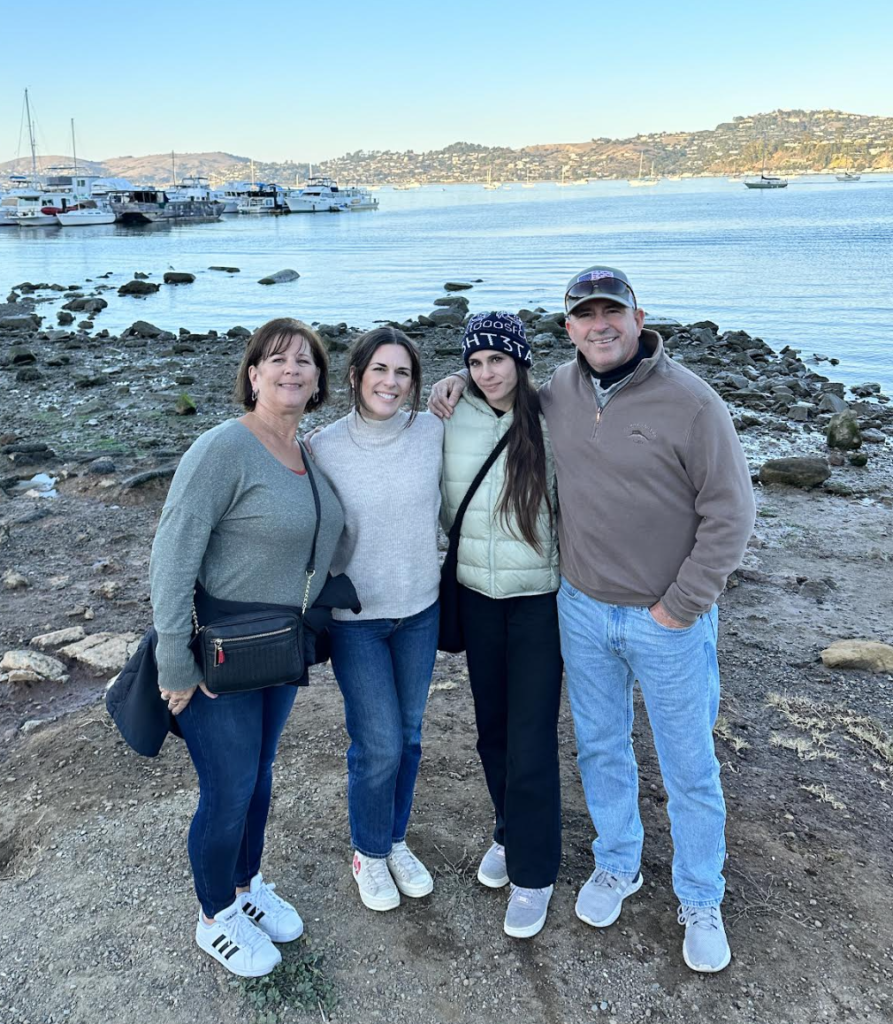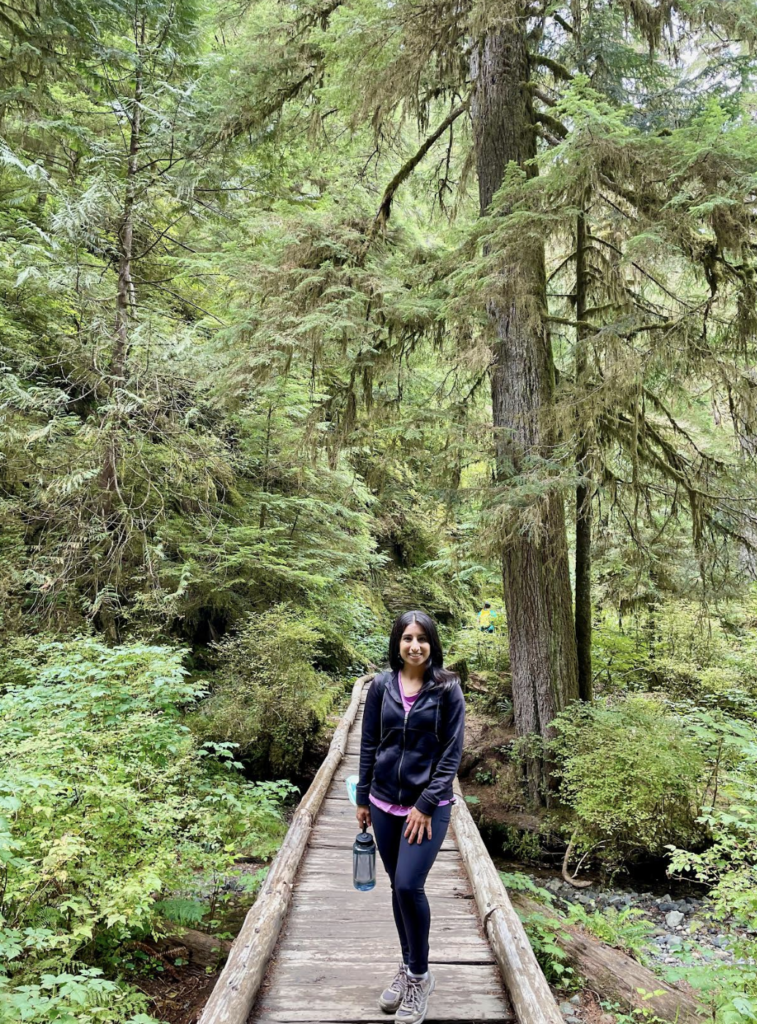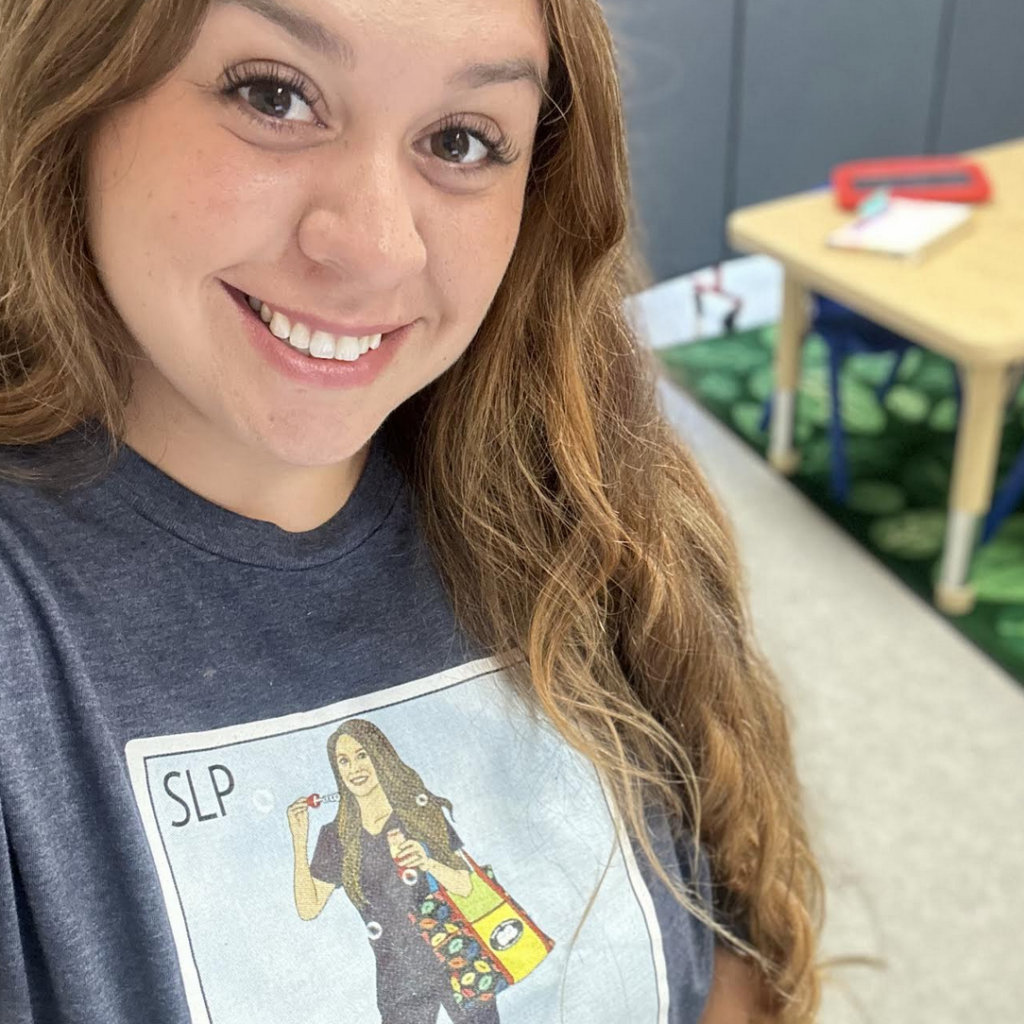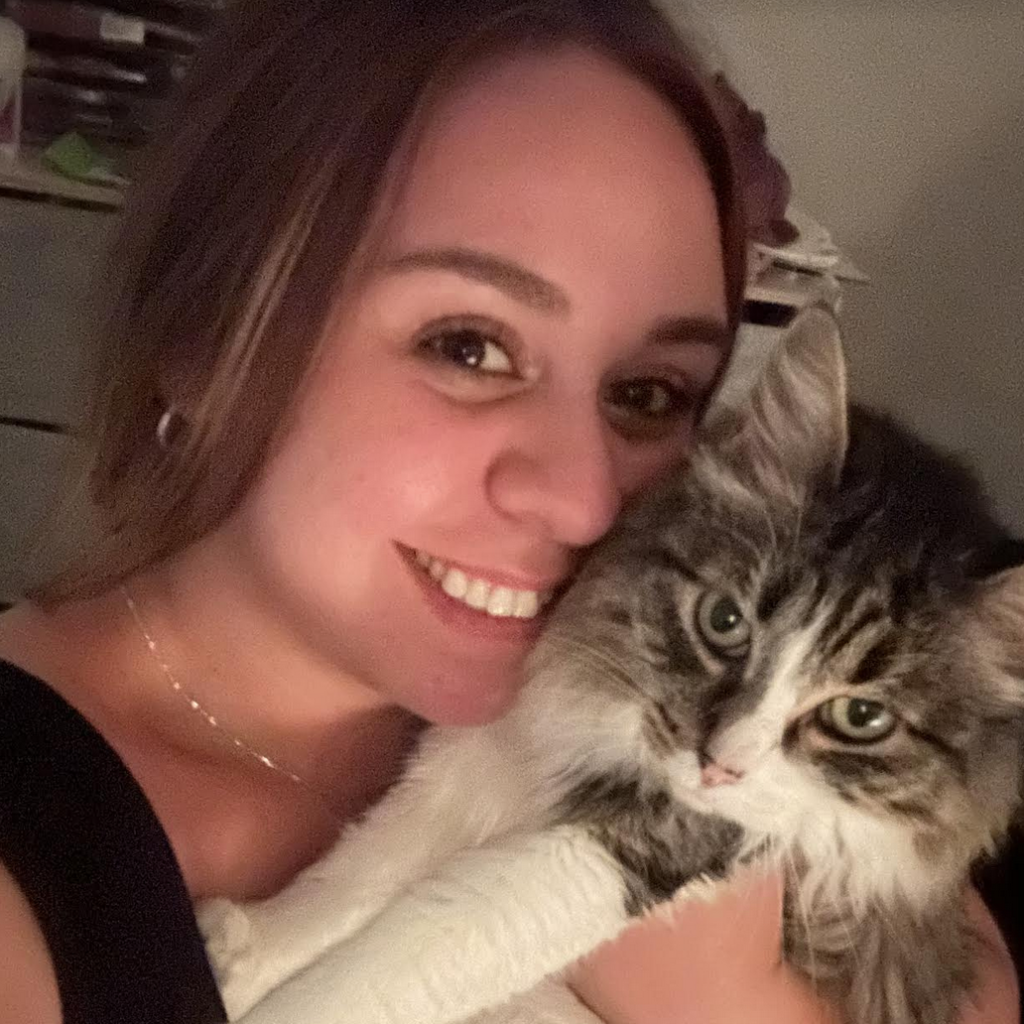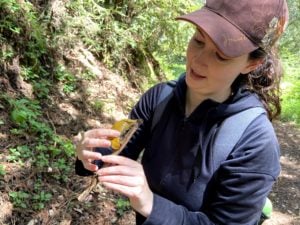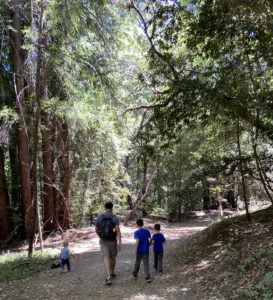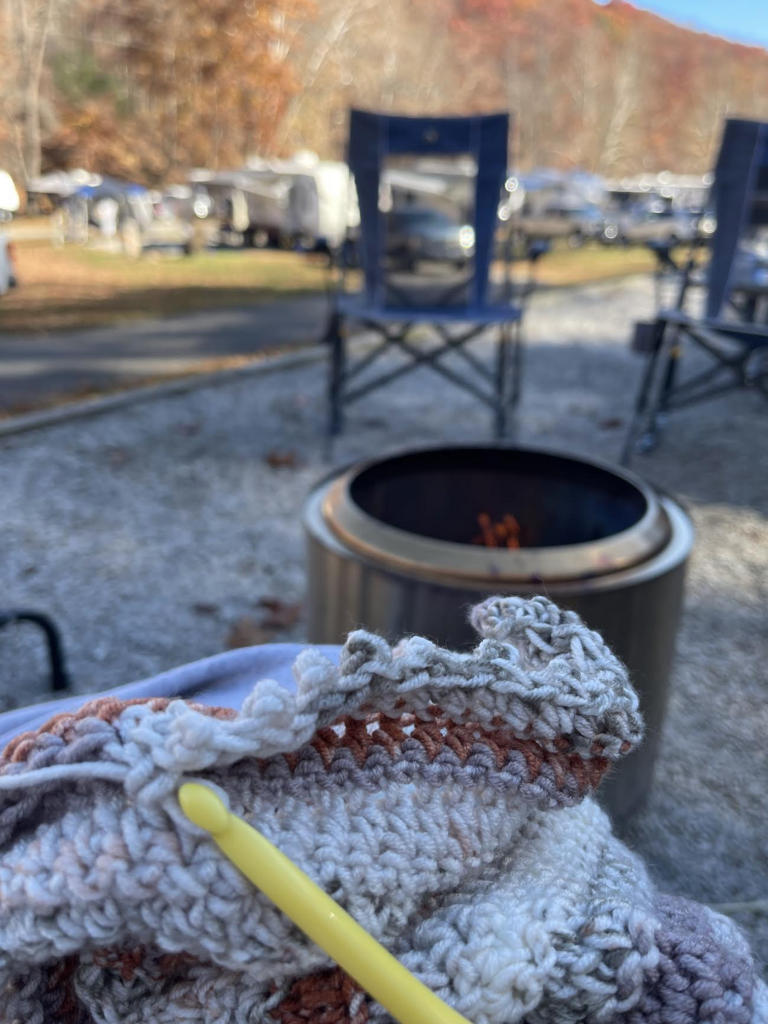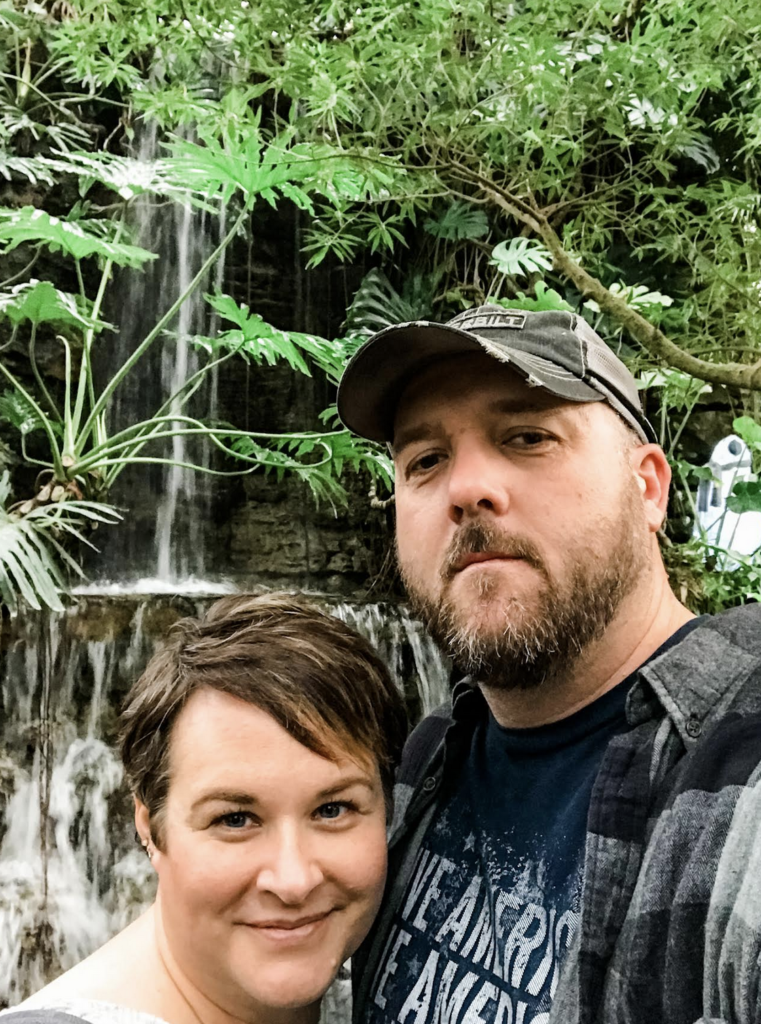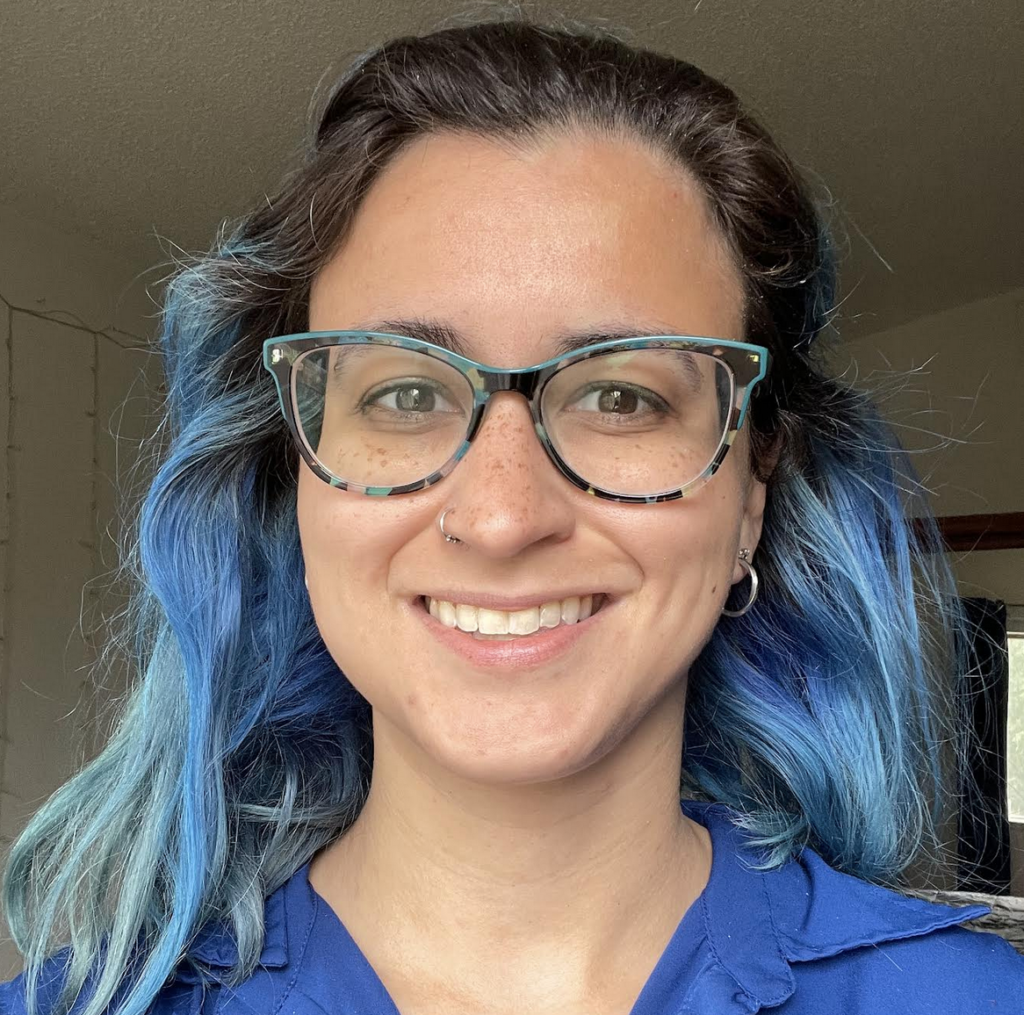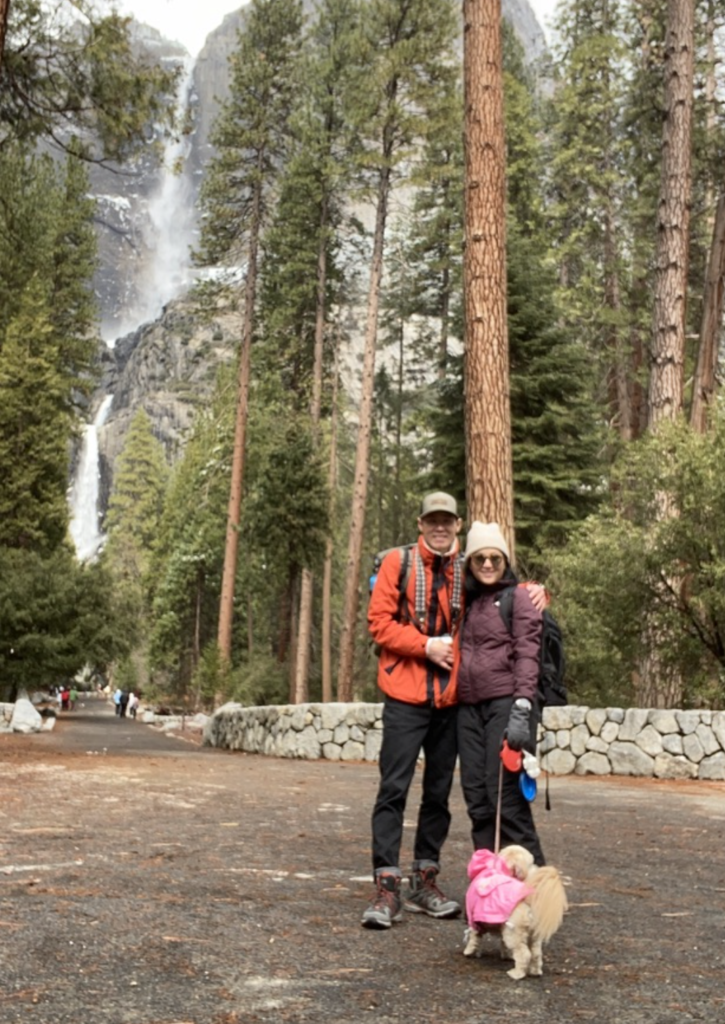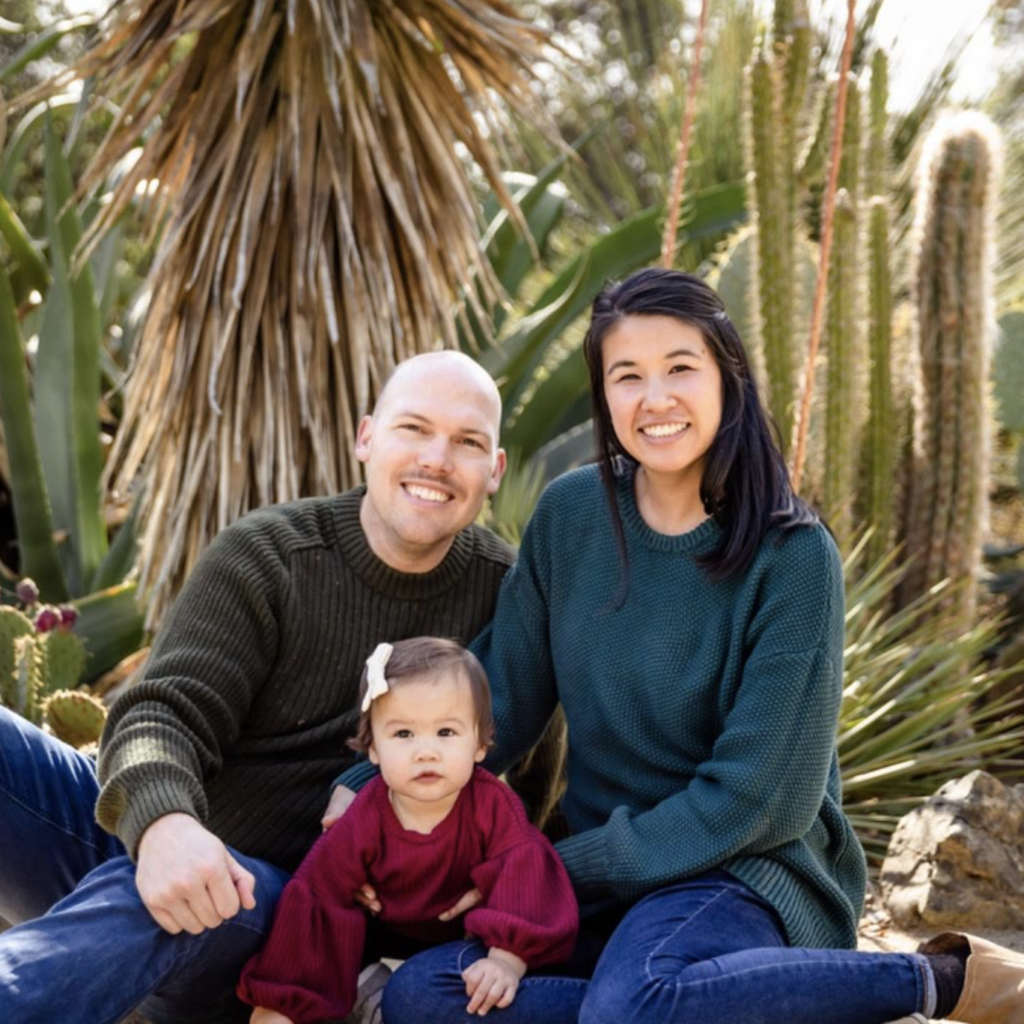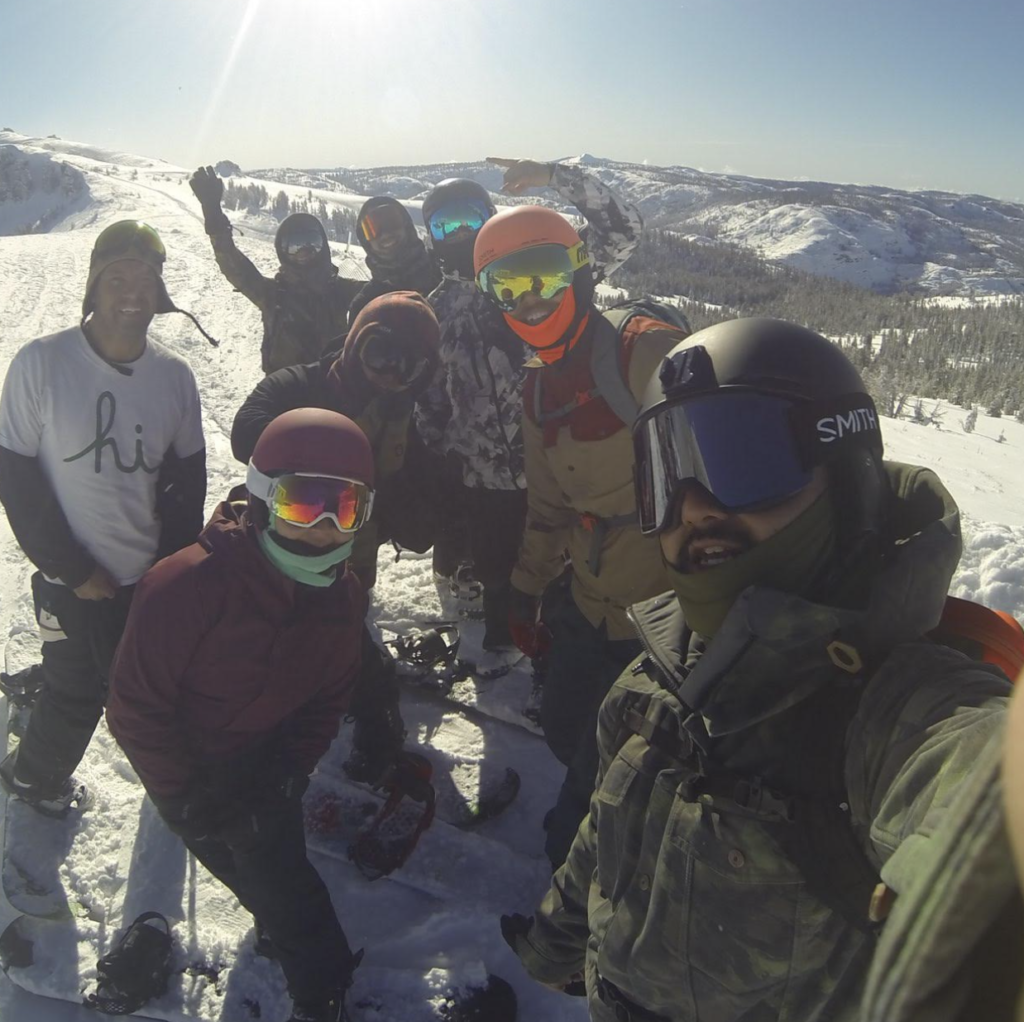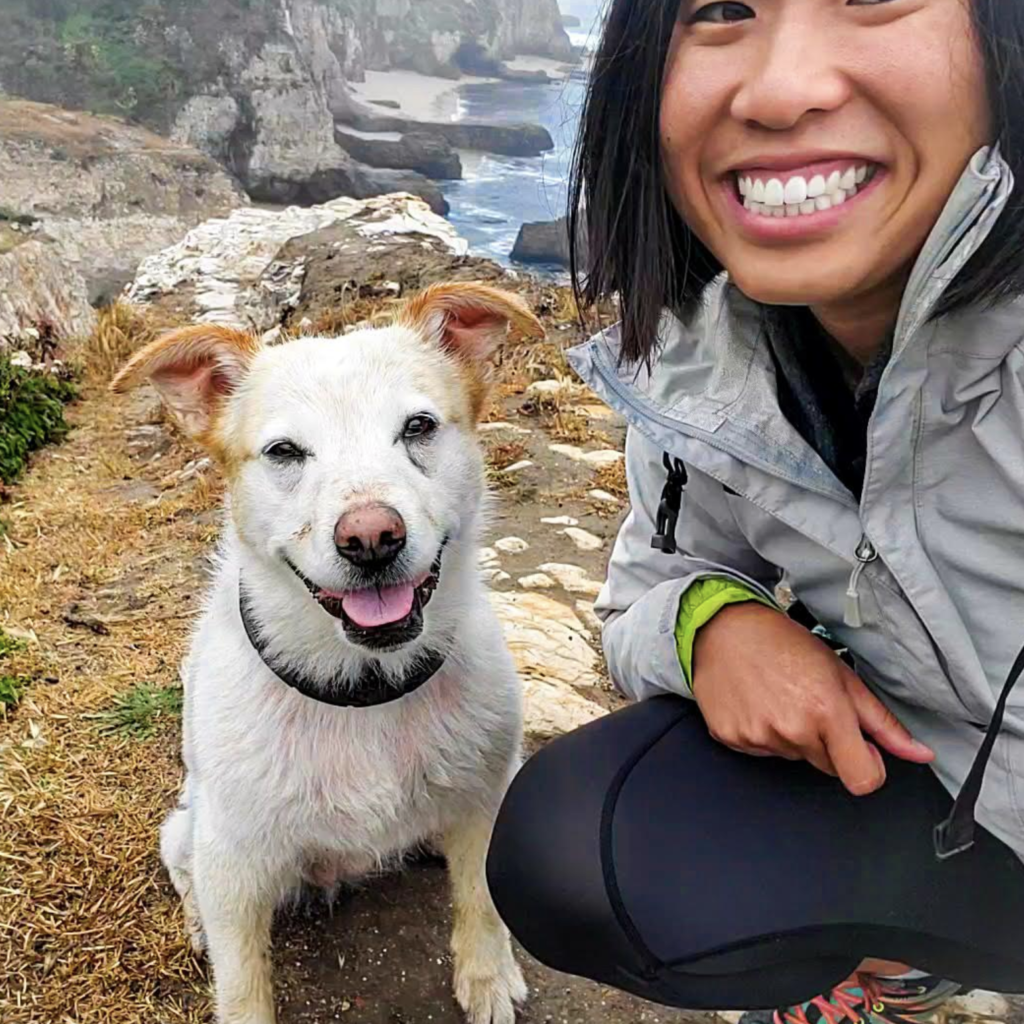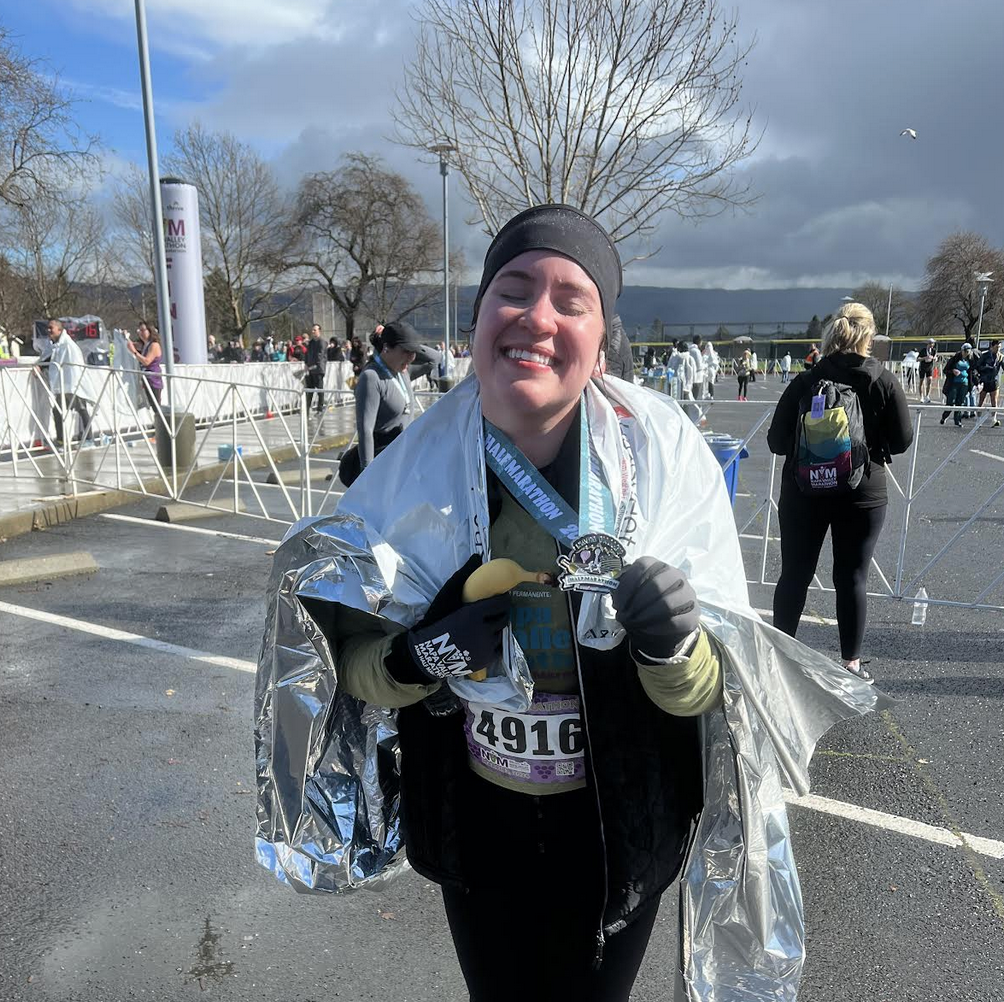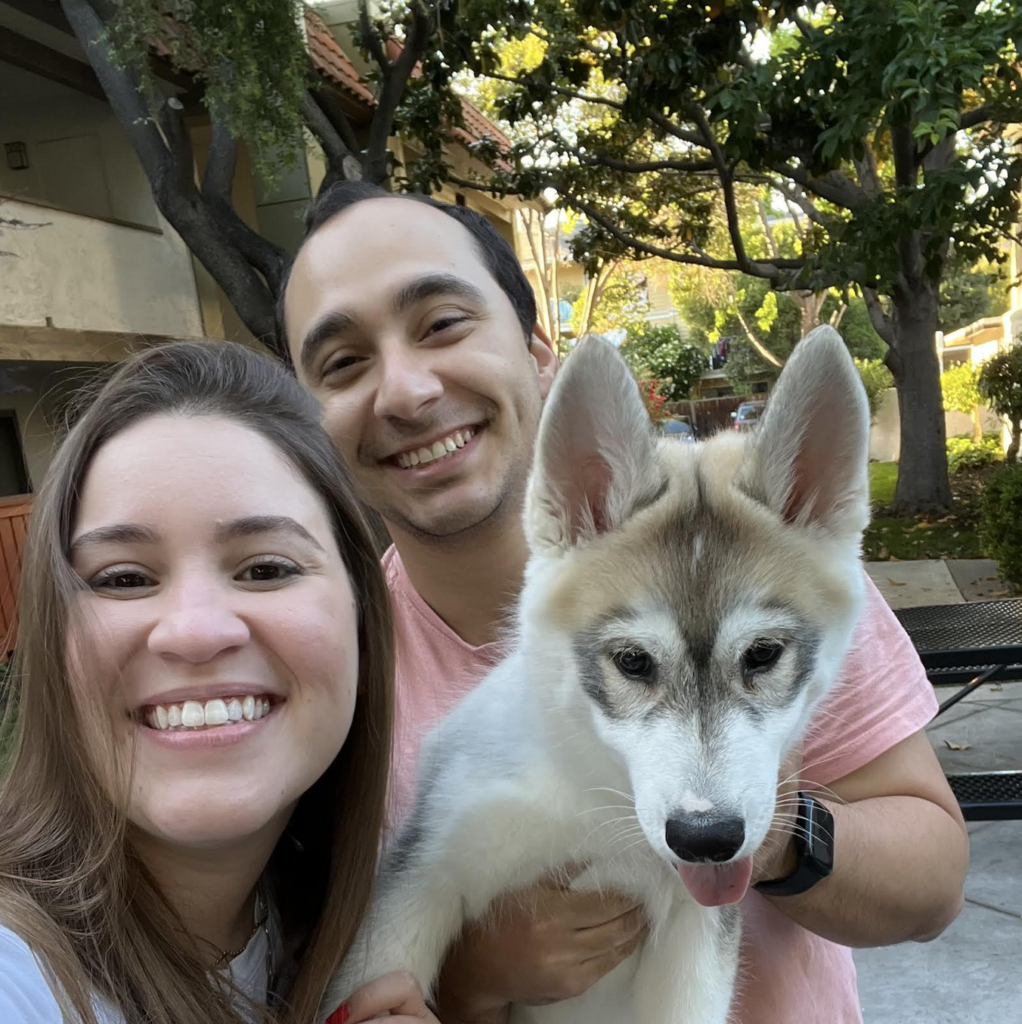From the moment your baby is born, they’ll instinctively grasp your finger, your hair, or anything else that touches their palm. This behavior is a natural reflex that plays a crucial role in their early development, but how much do you know about it?
I’m Elise Weidner, and I’m an occupational therapist here at JLD. Today, we’re going to be talking about grasping reflexes. In this post, I’ll walk you through everything you need to know about the grasp reflex, why it’s so important, and how you can help your baby as they develop these vital motor skills.
What Is the Grasp Reflex?
The grasping reflex is also called the palmer reflex because it has to do with the palm of our hand. This is something that appears in a baby in utero, so before they’re even born. These reflexes are really important because this is how we start to build those voluntary skills that we gain as we get older and older throughout life.
So why are we talking about it today? It is something that you guys probably see with all babies that you’re around. It’s a really recognizable one because it’s seen as soon as you touch a baby’s palm and they grab, it’s that death grip that babies have. They grab your hair, they grab your hand, they grab a toy, and they just don’t let go.
This is supposed to happen. The importance of this reflex is to help babies build those hand muscles so that later, when they’re doing voluntary movements, they really already have that kind of built up. Another reason that it’s really important is that it helps to create a bond between a parent and a baby through physical interaction.
When Should the Grasp Reflex Become an Action Your Baby Can Control?
Now, although the grasp reflex is really helpful for an infant, obviously as we get older, we need to be able to control those movements a little bit better. We don’t want to grab onto everything and never be able to let go of it. That wouldn’t be very helpful.
The way that our body helps to move this transition along is through integrating reflexes. What that means is our nervous system will essentially push that reflex to the back and let it dissolve. The body stops pushing it as an involuntary response and allows it to change so we have the ability to choose to make that movement on our own.
In a child, we expect to see that grasping reflex start to dissolve between three and six months. Now, this isn’t a hard line. If you have a baby that isn’t hitting that exactly, don’t stress about it. Different kids hit these integration levels at different times. But, if it’s really far outside of that time, definitely bring it up to your therapist or your pediatrician.
How Occupational Therapy Can Help if Your Child Still Has Their Grasp Reflex
It’s really important for us to have control over that grasping movement. If that reflex sticks around too long, it can affect our handwriting skills, fine motor skills like picking up small objects, and even sensitivity to touch. These are all ways that we can see in older kids (and even adults) what happens when this reflex sticks around and how it can impact development.
In order to help those reflexes along their way, if they’re sticking around a little bit too long, there are some different activities we can do:
- Have kids crawl with their hands flat on the floor. This is applying pressure to their hand in a way where they’re not able to grab, and this can really help that reflex kind of work itself out.
- Play with different tactile sensations. Doing a lot of play with different textures, such as having your baby or child in the grass, different styles of blankets, carpet, and hardwood will let them explore different textures with their hands. This also helps to diffuse hypersensitivity to touch with older kids.
- Practice grasping different objects. You can also work on having kids grasp different things of different sizes, like marbles or coins. You can even get them to open jars, or any activity that works their hand muscles.
Reach Out to JLD for Expert Advice
As occupational therapists, we take these skills that we know kids need to work on and come up with all kinds of fun ways to apply them. Kids are more responsive to activities that they’re motivated by. That’s why participating in play-based approaches to these sensory integration and reflex integration needs are really great ways to make sure that kids are doing these exercises frequently enough to really see a difference.
If you want to hear more suggestions like I just listed above and get more ideas to help your kiddos work along these different reflex pathways, then come on down to JLD and we’ll help you out.


